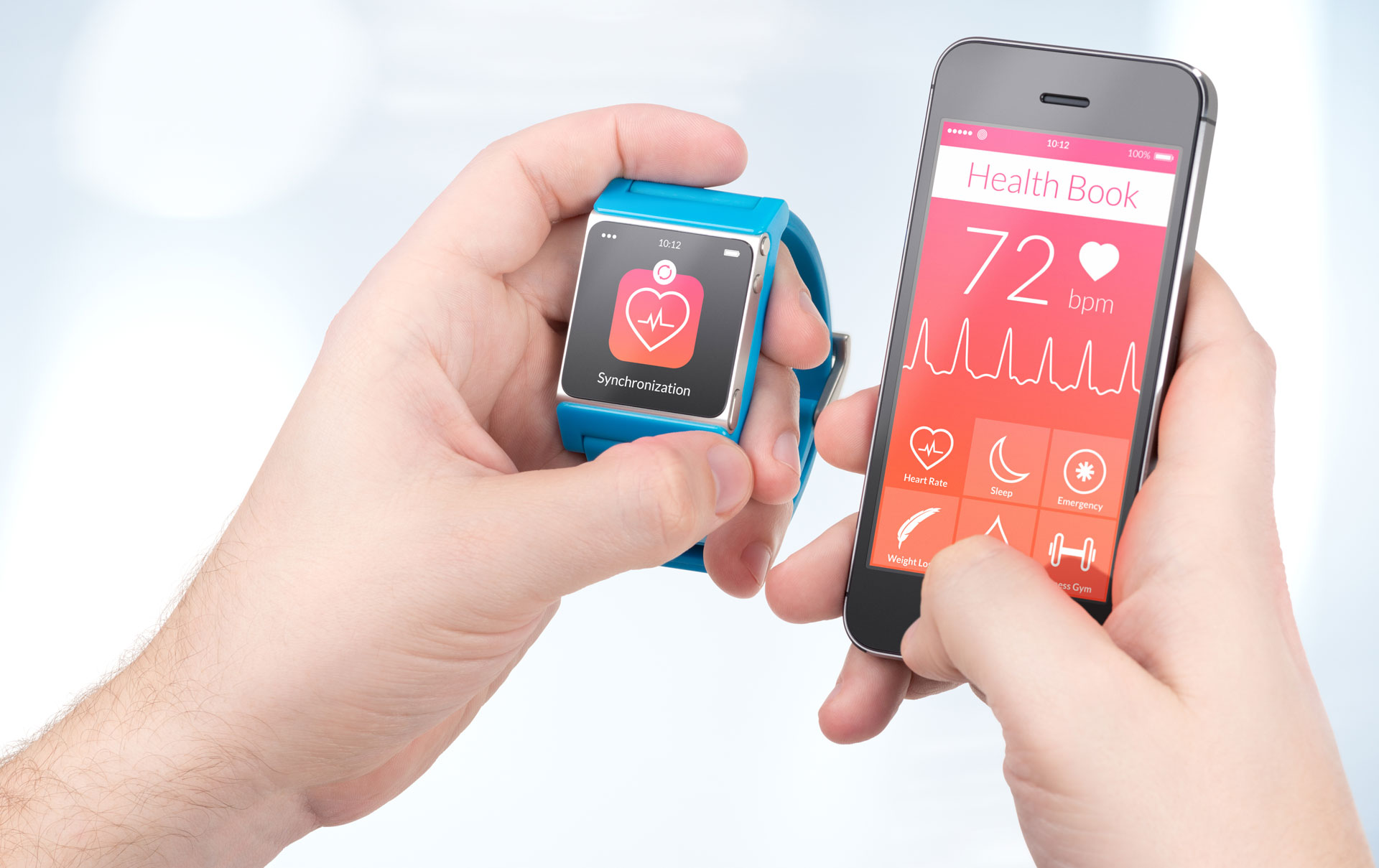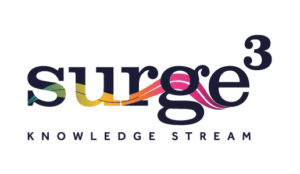We recently introduced our “game changers” series, looking at why the patient journey is such an integral part of healthcare brand strategy and planning. It’s our belief that achieving a rich, detailed, and insightful view of the patient journey should be the gold standard for healthcare marketers, and in our upcoming series of articles, we want to explore some of the new and innovative ways we can do this.
In our last article, we discussed the role of mobile technologies in helping to better capture the in-the-moment details of the patient journey, and today we will continue our “game changers” series by discussing wearable technology.
Wearable Technology
There’s been a “buzz” around wearables in the research industry for some time. The debate of how to leverage wearable technologies, including Smart Glasses such as Google Glass or Smart Watches and Bracelets such as the Fitbit have evolved with the technology.
But, what was once hypothesised is now beginning to be tested and adopted at scale in research.
How we’re using it!
At Decision Architects we are looking to leverage the latest advances in wearable technology and innovative video analytics platforms, to fill the gap between what respondents may say versus what they actually do. Our focus in wearables has been on the use of Smart Glasses such as Google Glass.
We are able use this type of wearable technology to capture a first-person view of people’s lives and a video curation platform to sift through huge amounts of video footage. By providing an unfiltered and unaffected observation of people’s lives, we are able to uncover truly powerful insights and answers without relying heavily on interview responses.
In trialling this technology, we feel it adapts itself perfectly to capturing the details of the patient journey. This interactive, multimedia approach allows researchers to bring aspects of that patient journey to life. For example, at high burden moments for the patient, to feedback on interactions with HCP’s (before and after consultation), and while taking treatments, in particular device therapy. These “moments” in the disease journey are often areas we, as researchers, ask patients to map out for us in retrospect. However, with the evolution and accessibility of Smart Glasses, we are now able to bring them to life with a first-person account, as it happens.
Our Approach
We look to recruit patients to take part in a traditional face-to-face interview as well as a follow-up “digital ethnography” phase of research.
The recruited patients are provided with Smart Glasses (i.e. Google Glass type product) and given a briefing on how and when we’d like them to use the technology.
Fieldwork periods for the “digital ethnography” may vary depending on the specifics needed to be captured, but we recommend a period of at least one to three weeks to gather enough, rich, detailed and insightful video content. Patients will then wear video glasses at key stages of their day-to-day lives (i.e. while taking treatments, suffering from symptoms, following HCP consultation (or during, with HCP consent)). The scenarios for usage will depend on brand / category issues looking to be explored by the research. Patients will also be encouraged to share video content at their own discretion, giving an element of control of the research interaction to the patient. This co-creative approach has the potential to yield new found insight and answer questions brand and research teams may not even know to ask.
The result is engaging and interactive. We are able to produce a visual “video” journey of the patient experience and even produce a “video dashboard” of content categorised by key word and themes to help rationalize and socialize the insights amongst the broader working teams.
What’s next?
At Decision Architects, we do not believe wearable technology such as Smart Glasses should replace traditional qualitative and quantitative research techniques, yet we feel they provide additional value when used in specific situations, addressing specific business needs in parallel to those techniques. The need for marketers to understand both the emotive and practical implications of a disease is key to unlocking brand potential, supporting and providing broader “beyond-the-pill” initiatives for the patient and being truly patient centric. We feel Smart Glasses are able to supplement a more traditional research programme and help achieve these goals.
As the “buzz” continues, we will continue to explore new ways of leveraging those technologies, and supporting our clients.



